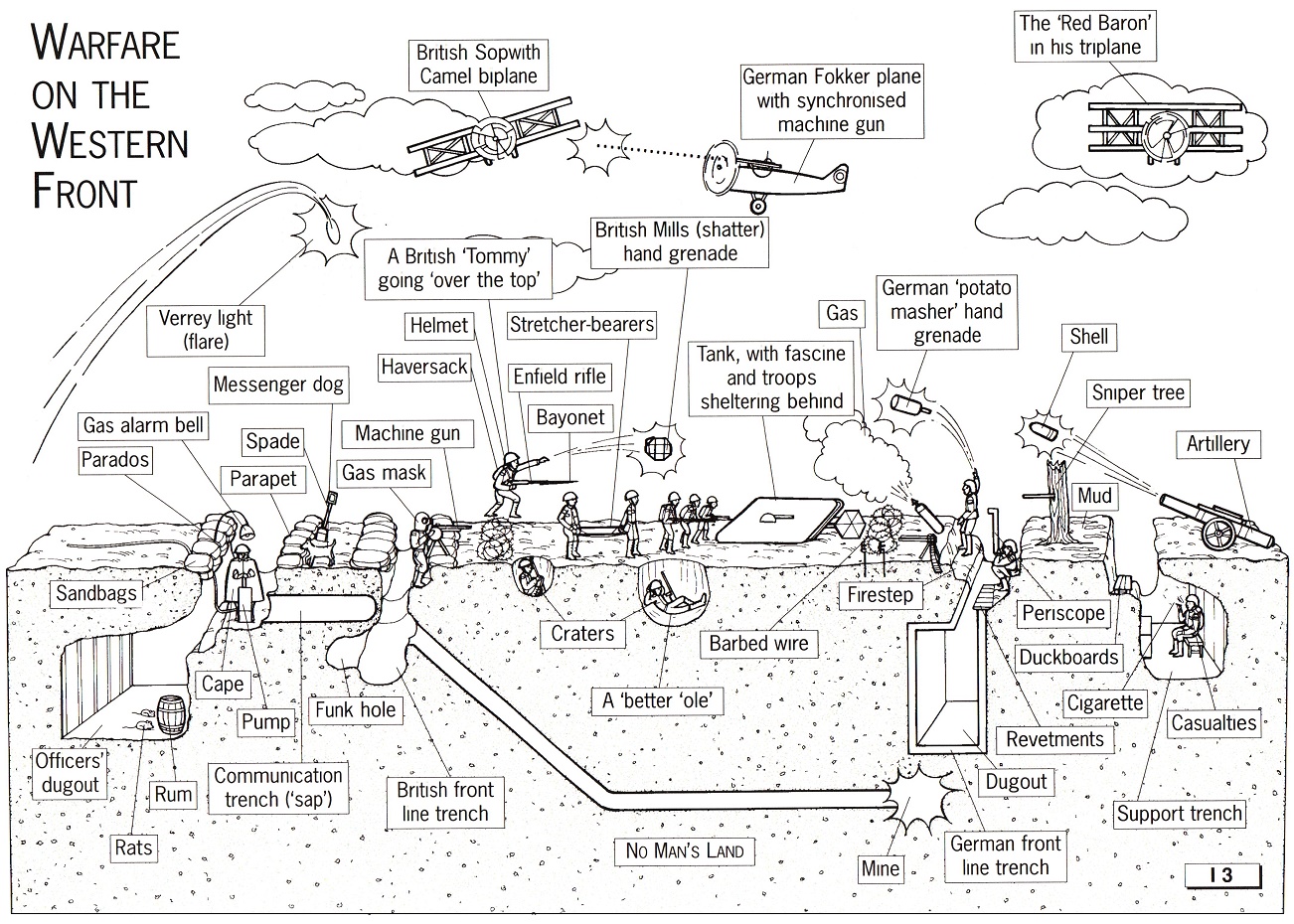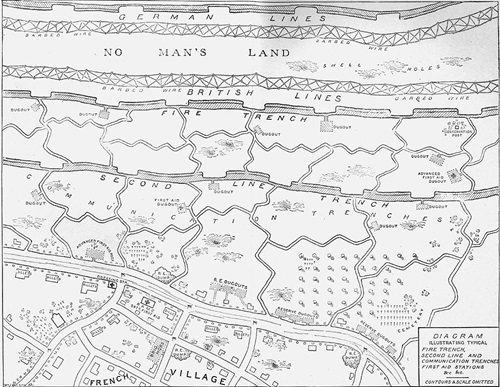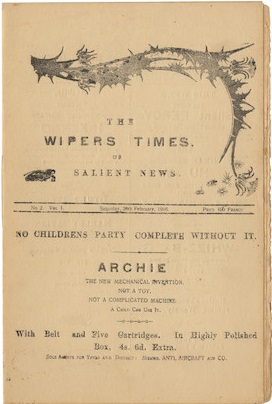|
|
|
Causes of the Stalemate on the Western Front [SWAPS]
The video identifies five “insurmountable problems” which created trench warfare:
The French Plan 17 and the German Schlieffen Plan – and the subsequent attempts to outflank the enemy in the ‘Race to the Sea’ – failed with unsustainable losses. Artillery could fire 7km, and used new explosives like melinite. Small arms (e.g. the Enfield rifle) used multi-round clips. Machine guns (e.g. the Vickers) fired 500 bullets a minute. Artillery technology at the start of the war was not accurate enough to support a moving attack with a rolling barrage, and aerial reconnaissance to identify targets was in its infancy. The armies were huge - millions of men - and telephone technology wasn’t equal to the task, and wireless messages en clair could be intercepted. During attacks, infantry had to advance on foot, artillery was pulled by horses, and they were moving away from the railhead that supplied food, ammunition and fodder; trains could rush men and supplied to any point in the line in hours. In particular, shell production could not keep up with the number of shells being fired → shortages of shells limited the possibility of an attack.
|
Going DeeperThe following links will help you widen your knowledge: Basic account from BBC Bitesize Weapons of the Western Front - National Army Museum
YouTube Trench warfare explained - Imperial War Museum What It Was Like To Be a Trench Soldier - Weird History 24 Hrs In The Trenches - Battle Guide Life in a Trench in one word - History Channel
|
Life in the Trenches
The best place to start your investigation is probably to study this drawing, which I used to compile on the blackboard(!) with my own pupils after a research homework to find out what they could about trench warfare:
|
|
|
You will need to have a general awareness of the key elements:
It is important to realise that the trench system was not just two front lines facing each other, but a system of multiple lines and reserve trenches, joined by communication trenches and supply lines (Source A). German Trenches were well-built and safer/ Allied trenches were makeshift and deadly.
• Section: perhaps 10 men, led by a non-commissioned officer (a corporal or sergeant) • Platoon: two or three sections (perhaps 30 men), led by a Lieutenant • Company: two or more platoons (perhaps 150 soldiers), led by a Major or a Captain • Battalion: at least three companies (up to perhaps 1,000 soldiers), led by a Lieutenant Colonel • Brigade: three battalions (up to 4,000 soldiers), led by a Brigadier • Division: three brigades (perhaps 15,000 soldiers), led by a Major-General • Corps: two or three divisions, led by a Lieutenant-General • Army: two or more Corps (perhaps 150,000 soldiers), led by a general. In the First World War, the British Army had 11 ‘Armies’.
|
Source A
An idealised illustration of a trench system from the memoirs of an American soldier who fought in France (1917).
Source B
Trench culture: The men found an abandoned printing press and produced their own newsletter, The Wipers Times, full of in-jokes and subversive comments.
|
What happened during an attack
Attacks ranged from small night-time raids by small groups to collect plans and prisoners, to mass-assaults by tens of thousands, but the sequence you can see in the film-clip was usually roughly the same for most attacks:
As the war progressed, attack-strategies improved - for instance, whereas at the Somme the men were told to march in straight lines, in later attacks they ran-and-fell in small groups, sheltering in craters etc. Attacks, however, remained a mass-slaughter through to the end of the war.
|
Consider:1. Research an aerial photo of a real-life trench system from the First World War; how well does Source A depict a trench system? 2. Write a list of specialised vocabulary you have met in this topic; make sure you understand them all. 3. Make a list of everything that made trench warfare such a deadly experience, and for each explain HOW it caused deaths.
|
|
|
|
|
Spotted an error on this page? Broken link? Anything missing? Let me know. |
|




